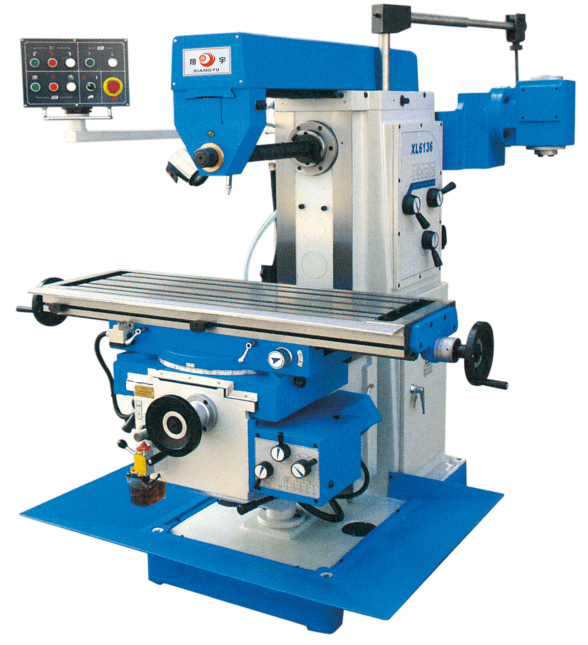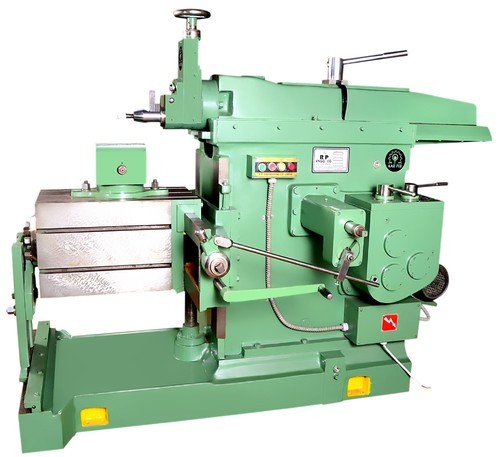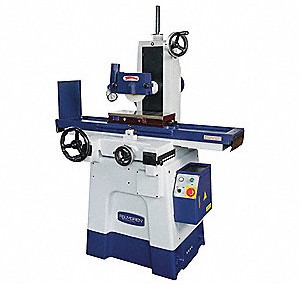What is milling?
Milling is the process of shaving the additional material from the flat or irregular surface of job or work item through the cutter. Cutter is advanced with the required forced and desired direction of milling to remove the unwanted material from the work piece.
What is a Milling Machine?
The Milling Machines are multipurpose machines to perform the cutting operations on metal, wood or any other hard surfaces. The milling machine has a cutter which is advanced on the job placed on the table in the required state to give the required cuts or shaves for getting the desired produce. It can work in vertical as well as horizontal directions to shave off small sections of unwanted extra surfaces to get the final product.
Uses of Milling Machines
A quality Milling machines is a versatile tool capable of multitasking work. It is used in cutting, boring, drilling, routing and shaping the surfaces. It is most commonly used in the workshops of institutes imparting technical education to the students.
Parts of Milling Machine and its functions

A brief description of parts along with the functional importance is mentioned below.
Base
A Base builds the foundation of a milling machine. All other parts of milling machine are mounted or affixed on it. It is made of cast iron since it needs the strength to carry the whole machine.
Column
A Column is mounted on the base of a milling machine in a vertical direction to support the table and knee. It is used to house all the driving parts responsible for the milling work. It is also made of cast iron.
Knee
The knee is the part responsible for supporting the saddle and table of the milling machine. Again, it is also made of cast iron. The knee moves vertically ie up and down sideways and changes the distance between tool and work piece. It is placed on the column. It is the knee that is adjusted by raising and lowering the lever for the job to be performed.
Saddle
It is affixed between the table and the knee. It plays the important role of interlinking balancer between table and knee. It moves diagonally to the column and slides on the sideways. Its main task is to set the horizontal motion for the work item. The saddle is also made of cast ion.
Table
The table is usually rectangular slot placed on the knee and this is part of a milling machine which is used to hold the work item. The table is also made of cast iron since the table holds the work item over it with clamping bolts. Table of milling machine provides the freedom up to the standard of three degrees.
Spindle
The spindle is another important part of the milling machine which is used to carry tool. The spindle is that part of milling machine which drives the cutting tool in rotatory motion. There is a slot on the front side of the spindle where the cutting tool is affixed. The spindle may be manual or motor driven.
Arbor and Arbor Support
Arbor is a kind of extension for the spindle in the horizontal type of milling machine. It is fitted as per the requirement for the holding and moving the tool in the required direction. And arbor supports are used to support the arbor; it is joined with an arbor on end and overhanging arm on the other end. It helps in controlling the Arbor during cutting operations.
Ram
Ram is an overhanging arm positioned in the vertical direction. The ram can be a moved angular or transversal in and out direction on the column.
Working of Milling Machine
Working of milling machine can be better explained in below mentioned points.
- Set the cutting tool on the Arbor attached to the spindle
- Move the knee in a downward direction.
- Place the work item over the table and clamp it with clamping bolts
- Set all the controlling positions at zero before the milling operation.( position of the knee, saddle etc.)
- Now, it is a time to set the spindle in motion by supply power through the motor, which will result in rotating the cutting tool.
- Now feed the work item by moving the knee, saddle, and table.
- Advance the cutting tool on a work item in the desired level to weed out the extra material from the surface to give the desired shape to the metal, wood, plastic and any other hard surface.
Esskay Machines and tools is the best and renowned industrial machine manufacturers in North India who manufactures best CNC machines, Lathe machines, surface grinding machines, Shaping machines etc.










